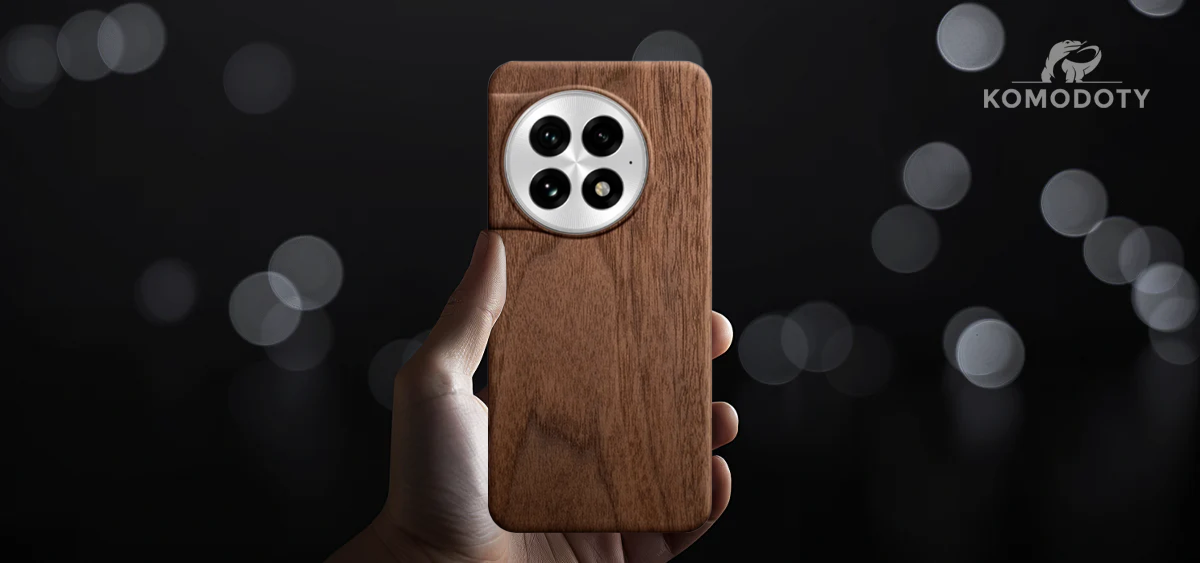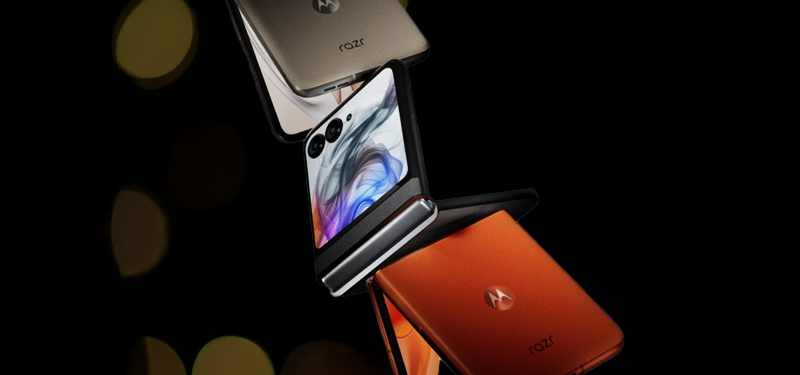Pixel 9a vs. Pixel 7a: What's actually new—and is it worth upgrading?
By Komodoty Blog Writer | April 21, 2025
The Google Pixel 9a has landed, and as always, the question many current Pixel 7a users are asking is: “Is this upgrade really worth it?” Let’s break it down.
A different kind of A-series
The A-series used to be the “budget” alternative to the main Pixel line, but Google’s latest move with the Pixel 9a signals something else entirely. This isn’t a recycled flagship—it’s its own device with a new design and meaningful spec changes. Compared to the Pixel 7a, the 9a takes a few big swings and actually connects on most.
Hardware: New look, more screen, lighter frame
The Pixel 9a ditches the rounded, softer approach of the 7a and 8a. In its place? A flatter build that lines up with the Pixel 9 and 9 Pro. It’s slightly taller and wider than the 7a, but surprisingly drops a few grams in weight. That extra space goes to good use—mainly, a larger 6.3-inch screen (up from 6.1") with much higher brightness and a faster 120Hz refresh rate.
| Feature | Pixel 9a | Pixel 7a |
|---|---|---|
| Display | 6.3” 120Hz OLED | 6.1” 90Hz OLED |
| Chipset | Google Tensor G4 | Google Tensor G2 |
| Battery | 5,100mAh | 4,385mAh |
| Charging | 23W wired / 7.5W wireless | 18W wired / 7.5W wireless |
| Rear Cameras | 48MP + 13MP | 64MP + 13MP |
| Selfie Cam | 13MP | 10.5MP |
| IP Rating | IP68 | IP67 |
| OS Support | 7 years | ~3 more years |
The shift to flat edges and a thinner profile may not appeal to everyone, but it does make the 9a feel more aligned with current design trends across Android.
The jump to an IP68 rating is also notable—it means the Pixel 9a can survive more than just light rain or the occasional spill.
Display: Brighter, faster, better
The panel on the Pixel 9a outshines the 7a in every measurable way. We’re talking 2,700 nits peak brightness vs. the 7a’s 1,000, and a smoother 120Hz refresh rate instead of 90Hz. For outdoor visibility and general responsiveness, the 9a wins—hands down.
Bezels are still there, but unless you’re upgrading from a phone like the Galaxy S24, you probably won’t mind.
Performance & software: Incremental, but steady
Google’s Tensor G4 chip won’t blow the doors off, but it’s a bump up from the G2 inside the 7a. You’ll notice a smoother experience during heavier tasks and better thermal performance, thanks to the new vapor chamber cooling system.
Both phones run Android 14 out of the box and will see Android 15 and 16. However, only the 9a is slated for the full seven-year software promise. The 7a is expected to receive about three more years of updates. So, if long-term support matters, the 9a’s ahead.
AI features are also slowly becoming a differentiator. The 9a runs Gemini Nano XXS—a lighter version of Google’s on-device AI—but whether that’s a big deal depends on how much you care about smart reply suggestions and context-aware tools.
Battery: One of the biggest gains
This might be the clearest reason to upgrade. The 9a brings a hefty 5,100mAh battery—compared to the 7a’s 4,385mAh—and adds faster 23W wired charging. That means you’ll spend less time at the outlet and more time streaming, gaming, or snapping photos.
Wireless charging hasn’t changed. Still 7.5W, still limited—but it’s there.
Cameras: Slight reshuffle, better tuning
At first glance, the 7a’s 64MP main sensor seems like it would outshoot the 9a’s 48MP setup. But megapixels aren’t the whole story. Google’s image tuning on the 9a produces crisper images with more consistent dynamic range. The secondary ultrawide and selfie sensors remain mostly unchanged between the two.
Camera features like Macro Focus and Add Me are exclusive to the 9a, though they’re more bonus than necessity. Both phones support staples like Night Sight, 4K video, and Real Tone, though the 7a skips out on 10-bit HDR video.
Should you upgrade?
If you’re still using a Pixel 7a and it’s holding up well—no urgent reason to switch. The 7a remains a solid performer with good cameras and decent battery life. But if you're eyeing a brighter display, better long-term software support, and more power under the hood, the 9a is a noticeable upgrade.
For most people, this isn’t a “drop everything” kind of jump. But if your 7a’s battery is starting to fade or you’re ready for something with a bit more future-proofing, the 9a is a smart move.
Oh—and if you’re shopping accessories for your next Pixel? Komodoty.com has a growing collection of smart, functional gear designed for these new devices. No fluff—just stuff that works.
Bottom line: The Pixel 9a tightens up the A-series in ways that matter. It’s no revolution, but it doesn’t need to be. It’s a solid, reliable phone with real gains over the 7a—especially in screen, battery, and support timeline.
Still happy with your 7a? Sit tight. Ready for more screen and staying power? The 9a is calling.




Hinterlasse einen Kommentar
Diese Website ist durch hCaptcha geschützt und es gelten die allgemeinen Geschäftsbedingungen und Datenschutzbestimmungen von hCaptcha.